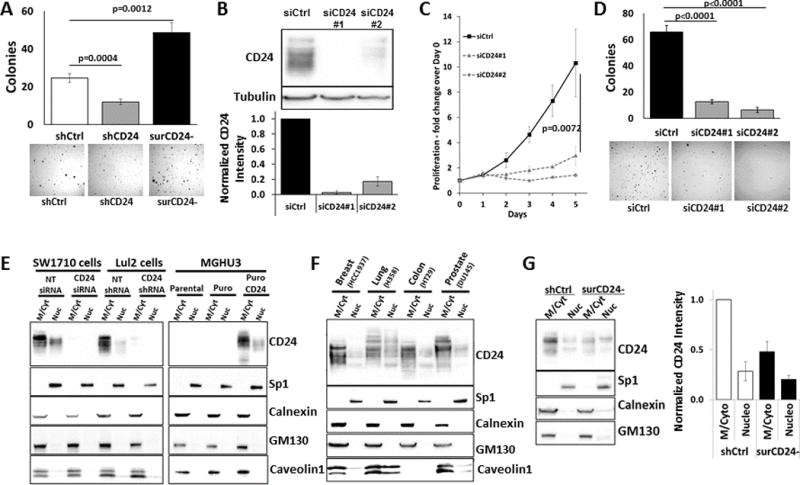Figure 1. FACS sorted cells lacking surface CD24 (surCD24-) have increased tumorigenic properties and residual intracellular CD24.

(A) surCD24- UMUC3-Lul2 cells grow better in soft agar anchorage independent assays relative to both unsorted cells and those depleted of CD24. All graphs display the means obtained from combining data of 3 or more independent analyses. Images and blots are representatives from 1 of the independent analyses. Error bars represent standard error. Statistical analysis for all experiments, unless otherwise noted, was a t test and the p-value is presented. (B) Treatment of surCD24- cells with 2 different CD24 siRNA molecules (siCD24#1 and siCD24#2) for 72 hrs leads to elimination of residual CD24 protein. (C) Depletion of total cellular CD24 from surCD24- cells leads to a reduction in anchorage dependent proliferation as assessed by counting cells daily after treating with siRNA. Counting began on the day cells were treated with siRNA (day 0). (D) Depletion of total cellular CD24 from surCD24- cells leads to decreases in soft agar anchorage independent growth. Cells were plated in agar after 48 hrs of siRNA treatment. (E) Subcellular fractionation of bladder cancer cells into membrane/cytoplasm (M/Cyt) and nucleoplasm (Nuc) fractions revealed that CD24 protein exists in the nucleoplasm. This CD24 signal was reduced in cells expressing CD24 siRNA or shRNA. Similarly, this CD24 signal only existed in MGHU3 cells when CD24 was exogenously expressed. (F) CD24 signal was also found in the nucleoplasm fraction from cells of 4 different cancer types. (G) The amount of nucleoplasmic CD24 was the same in unsorted and surCD24- UMUC3-Lul2 cells while the cytoplasmic and membrane bound CD24 decreased dramatically in the same cells.
